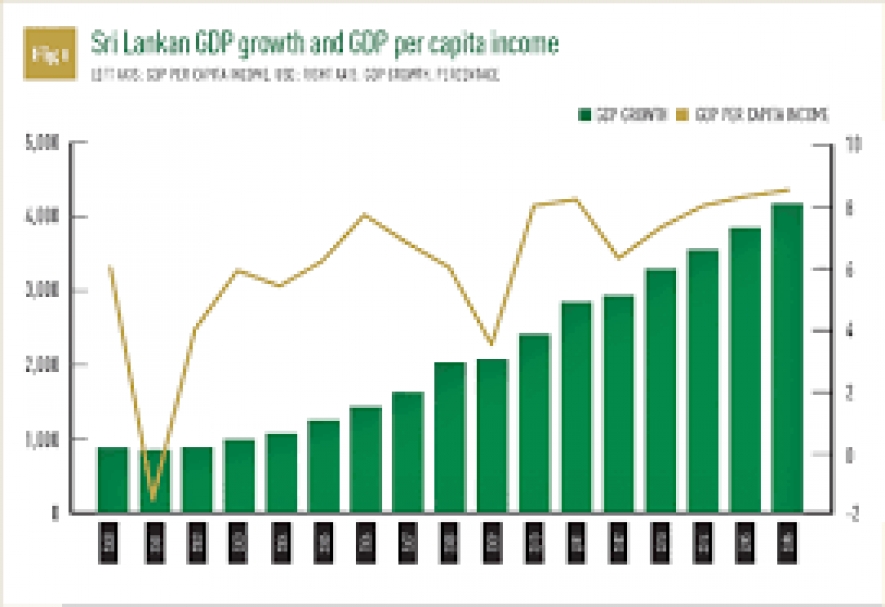First Capital states that despite weather related shocks and some delays in implementation, program performance remains broadly on track.“The Central Bank of Sri Lanka (CBSL) has been effective in curbing credit growth and stabilizing inflation despite recent pressures, while stepping up its pace of reserve accumulation. Against this backdrop, the authorities should push ahead with their ‘Vision 2025’ strategy to support Sri Lanka’s rapid and inclusive growth through ambitious structural, macro-economic and social reforms.”
The CBSL has prudently managed monetary policy in the face of price shocks and market volatility. The CBSL should remain focused on price stability as its primary objective and stand ready to tighten if signs of demand-side inflation pressures or accelerating credit growth appear.However Sri Lanka’s private sector credit marginally dropped to Rs.59.9 billion in December 2017, thereby, credit growth continued to decline to 14.7% YoY while government credit reflected a net borrowing of Rs. 40 billion after a lapse of 6 consecutive months.
Expressing their views on the on Treasury bills and political instability created via unexpected LG poll, resulted in an upward movement in the overall yield curve. Selling interest was heavy in the mid to long tenors significant selling registered in 2021 and 2026 maturities. The increase in foreign selling during the month saw an overall net foreign outflow of Rs. 9.01 billion in February 2018. Meanwhile foreign reserves increased to USD 7.9 billion in February 2018 from USD 7.7 billon in January 2018. Market liquidity has picked up again in March after a sharp drop in liquidity in early February 2018.
Exports improved 18.7% YoY in Dec 2017, largely contributed by industrial exports (+ 21.6% YoY), mainly exports of animal fodder (+ 37. 8 % YoY ) supported by textiles and garment (+ 19.4% YoY) supported by rubber products (+ 19 .6% YoY) and petroleum products (+ 102. 8 % YoY) .Earnings from agricultural exports improved by 9.3% YoY due to notable performance recorded in tea exports and seafood exports.Once again exports improved 18.7% YoY in Dec 2017, largely contributed by industrial exports (+21.6%YoY), mainly exports of animal fodder (+37.8%YoY) supported by textiles and garment +19.4%YoY) supported by rubber products (+19.6%YoY) and petroleum products (+102.8%YoY).Earnings from agricultural exports improved by 9.3% YoY due to notable performance recorded in tea exports and sea food exports.




















